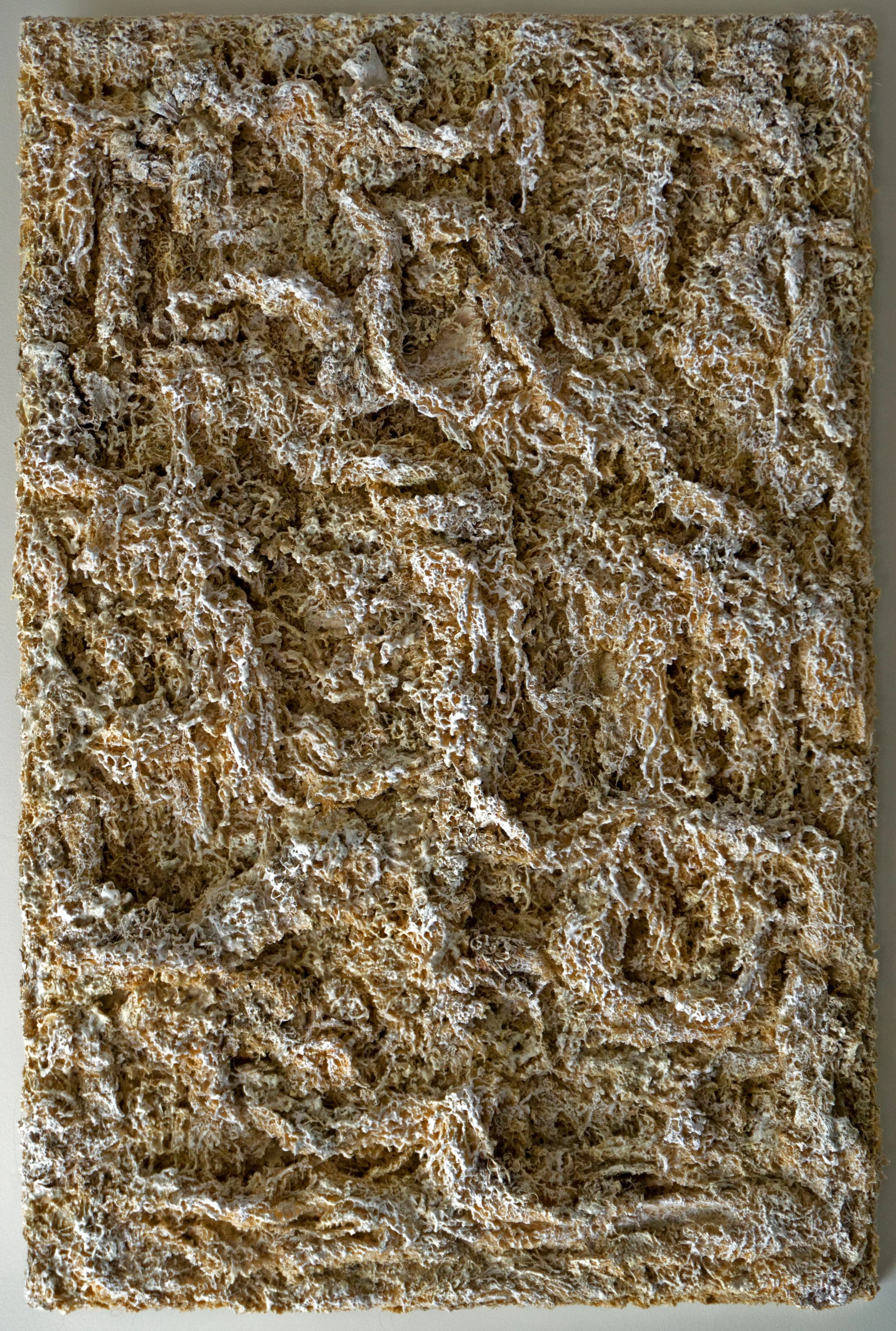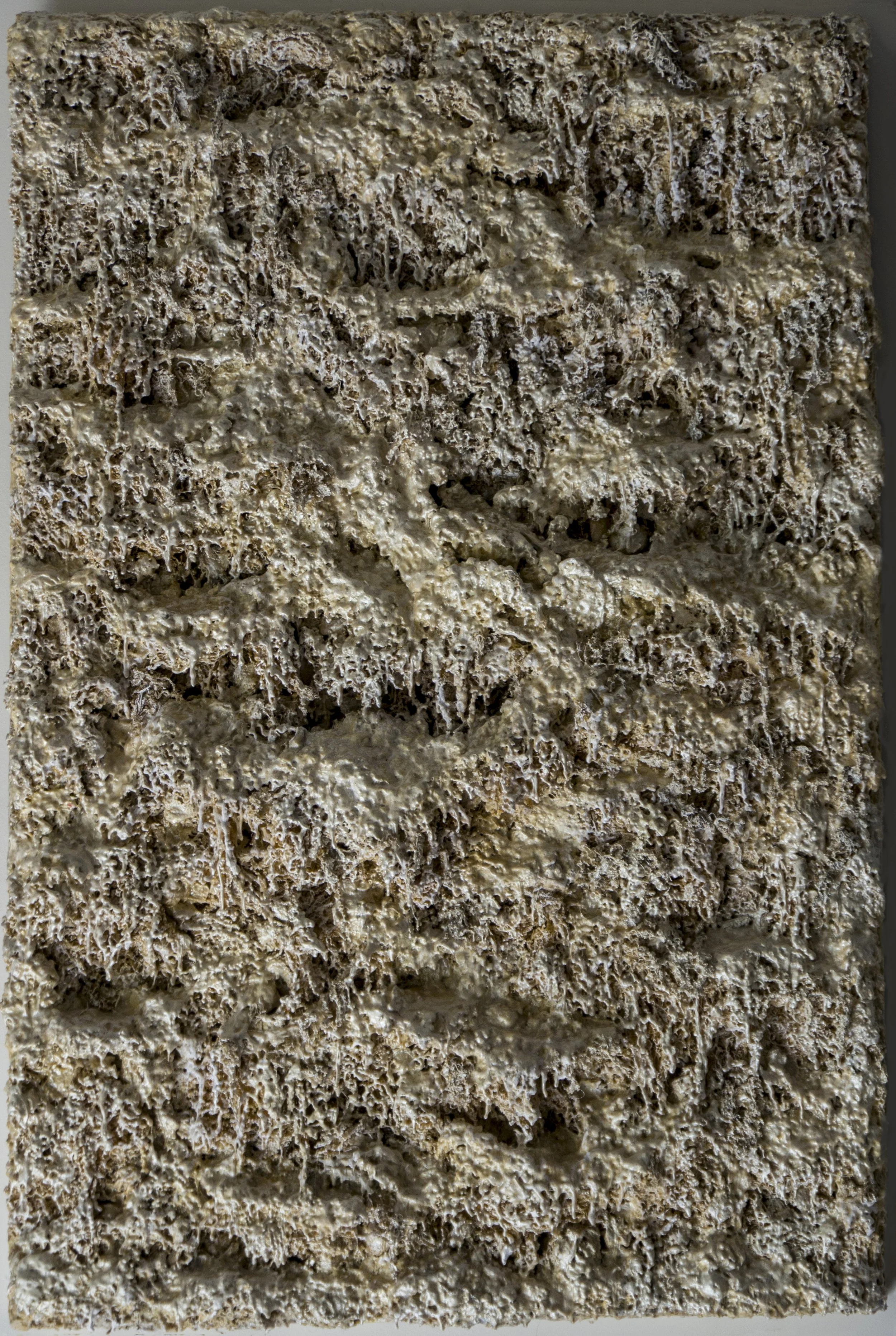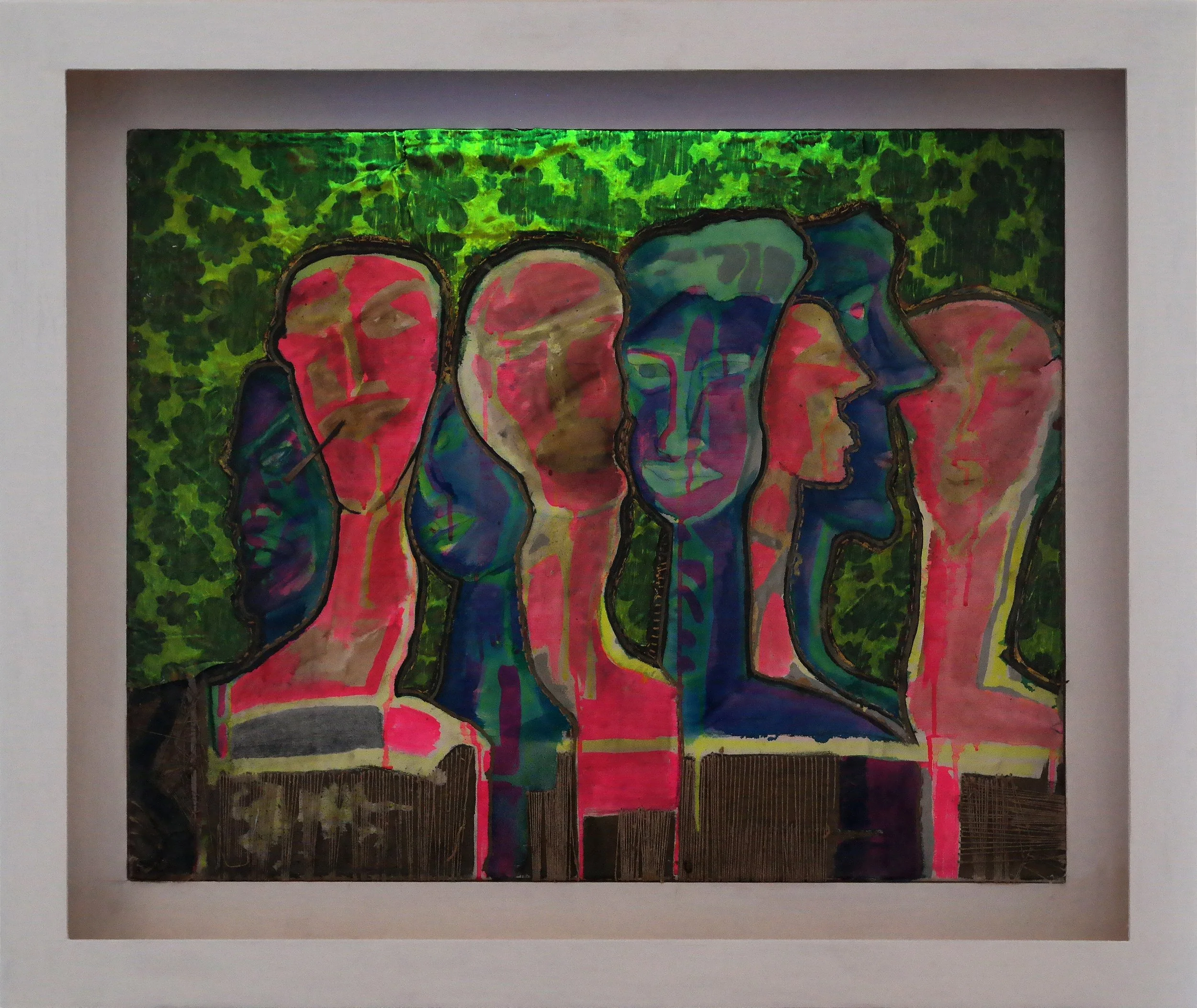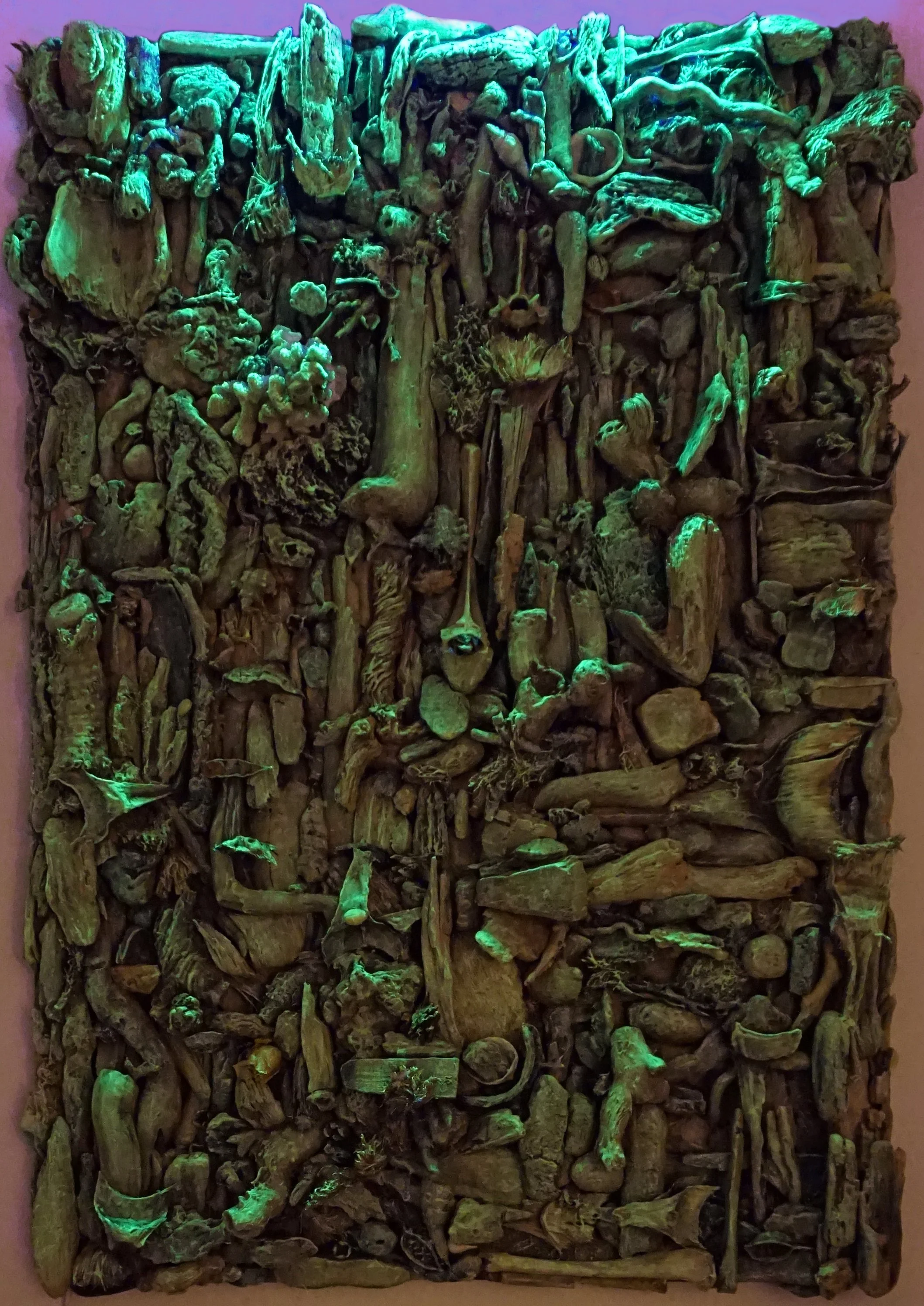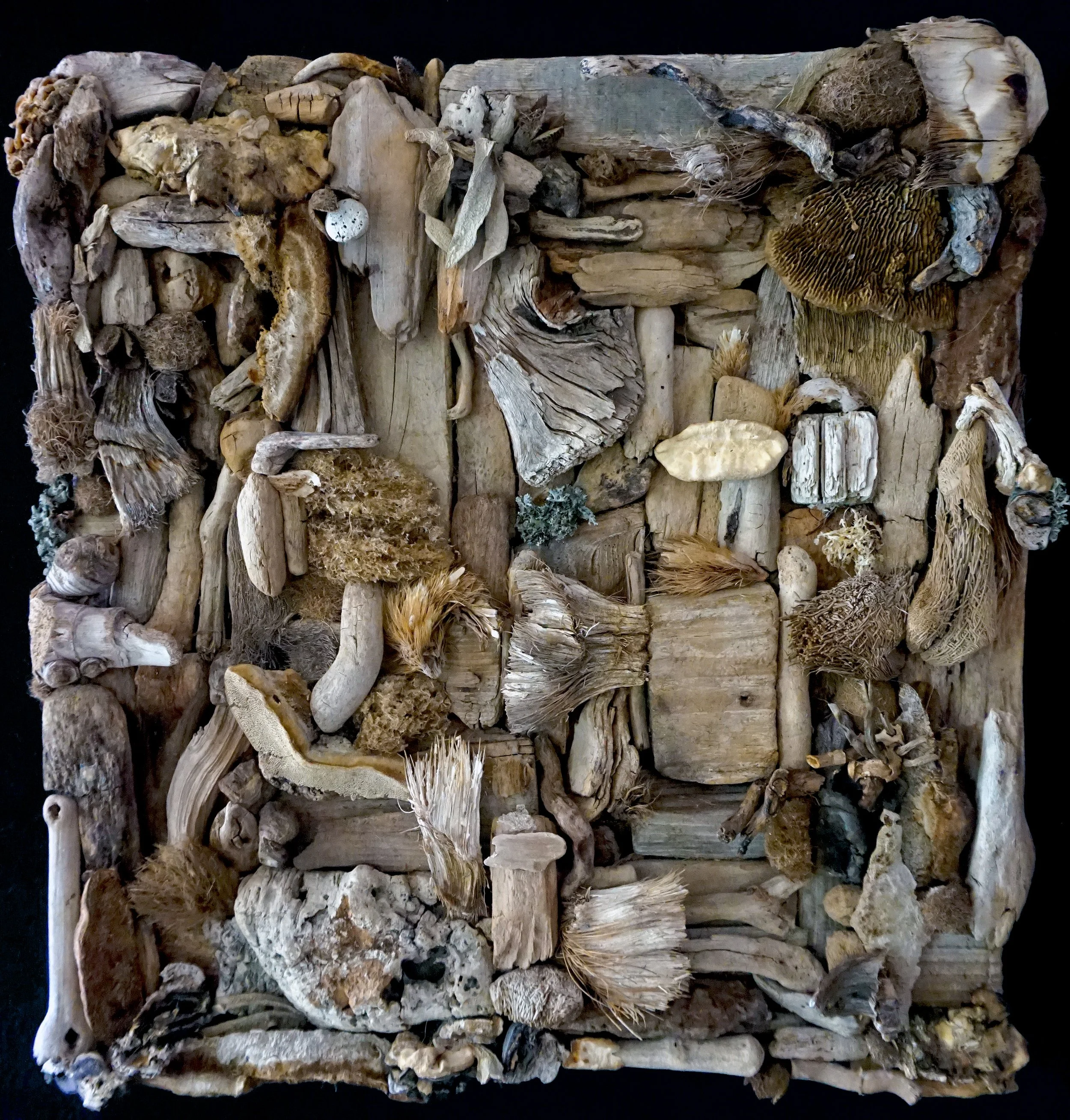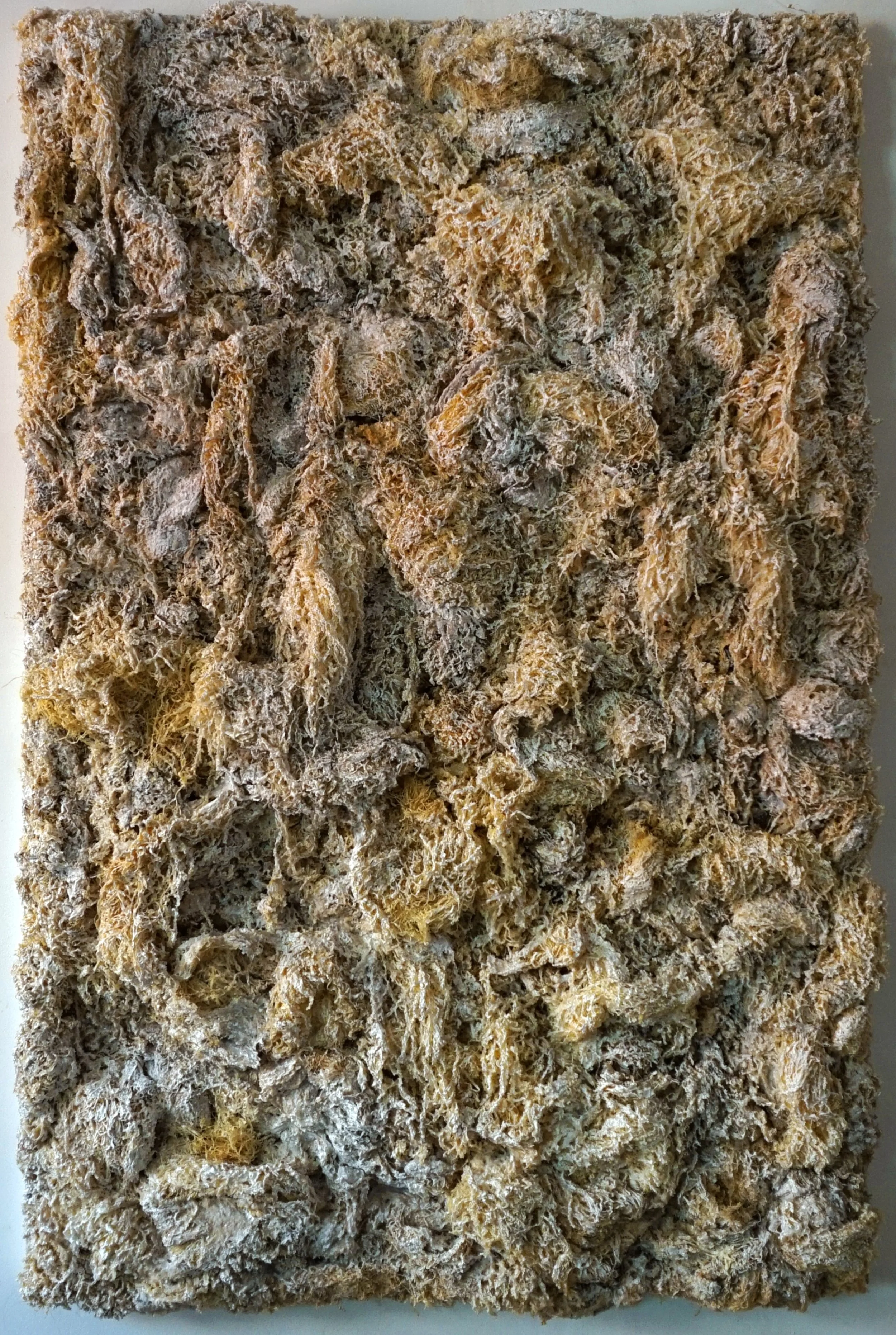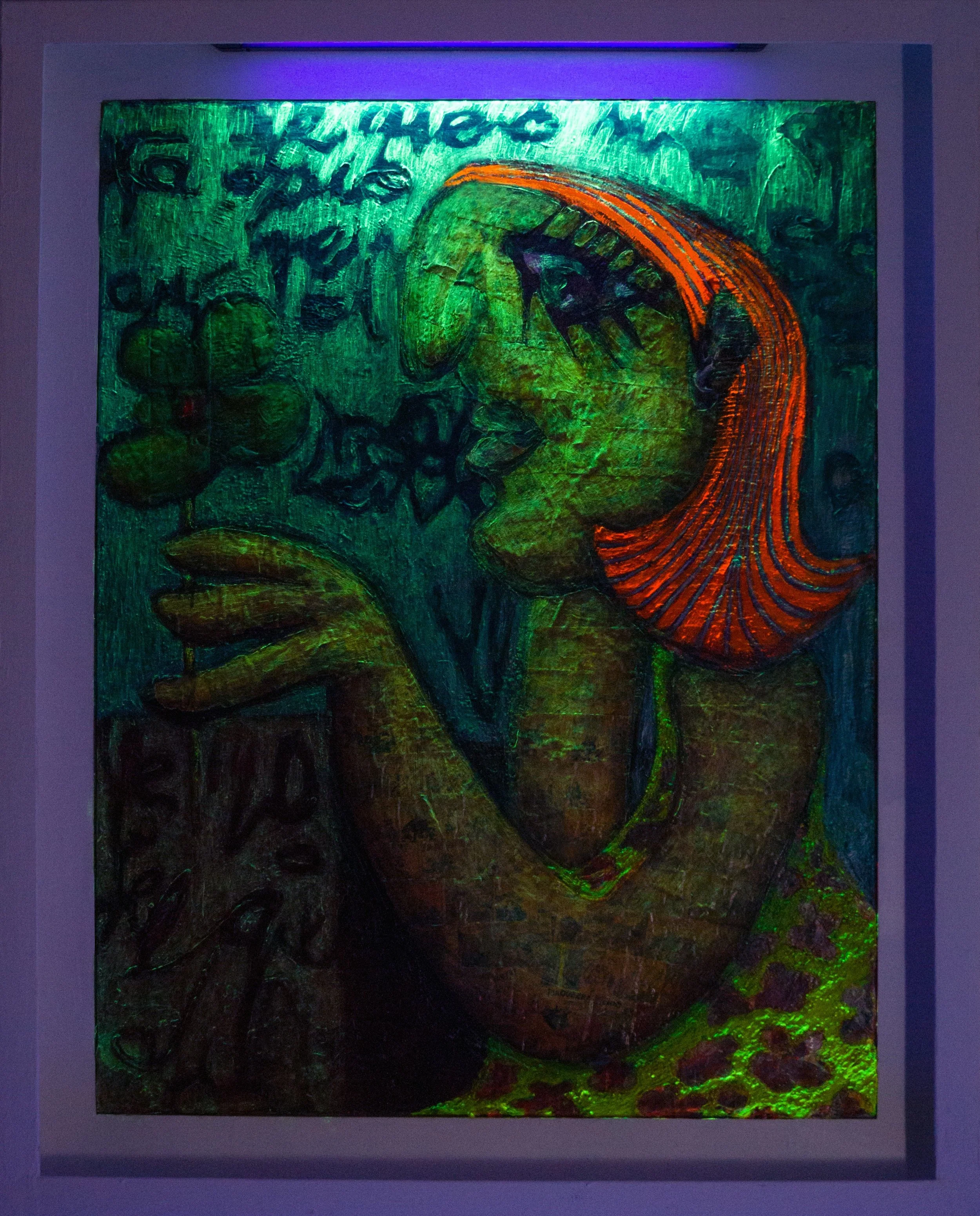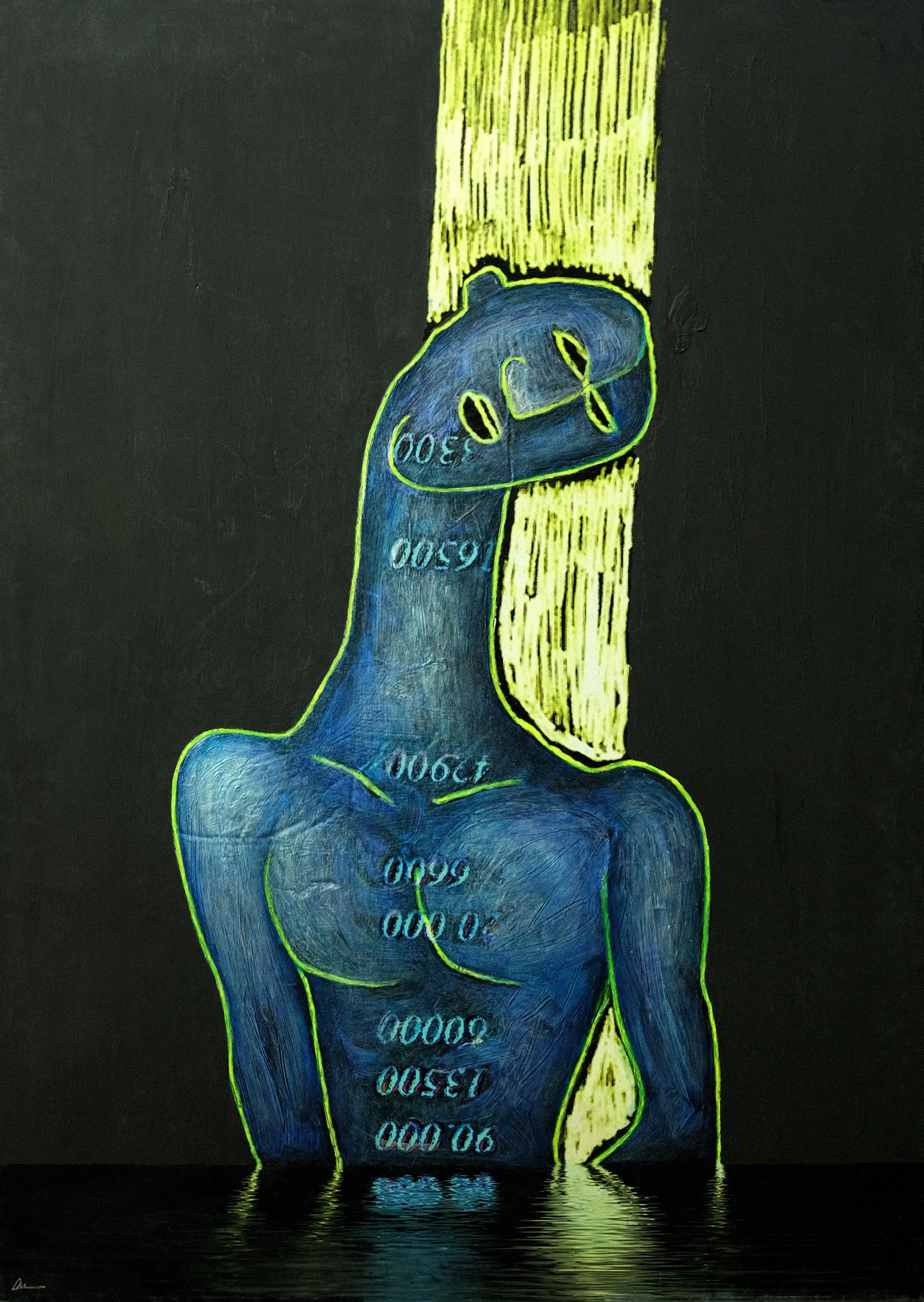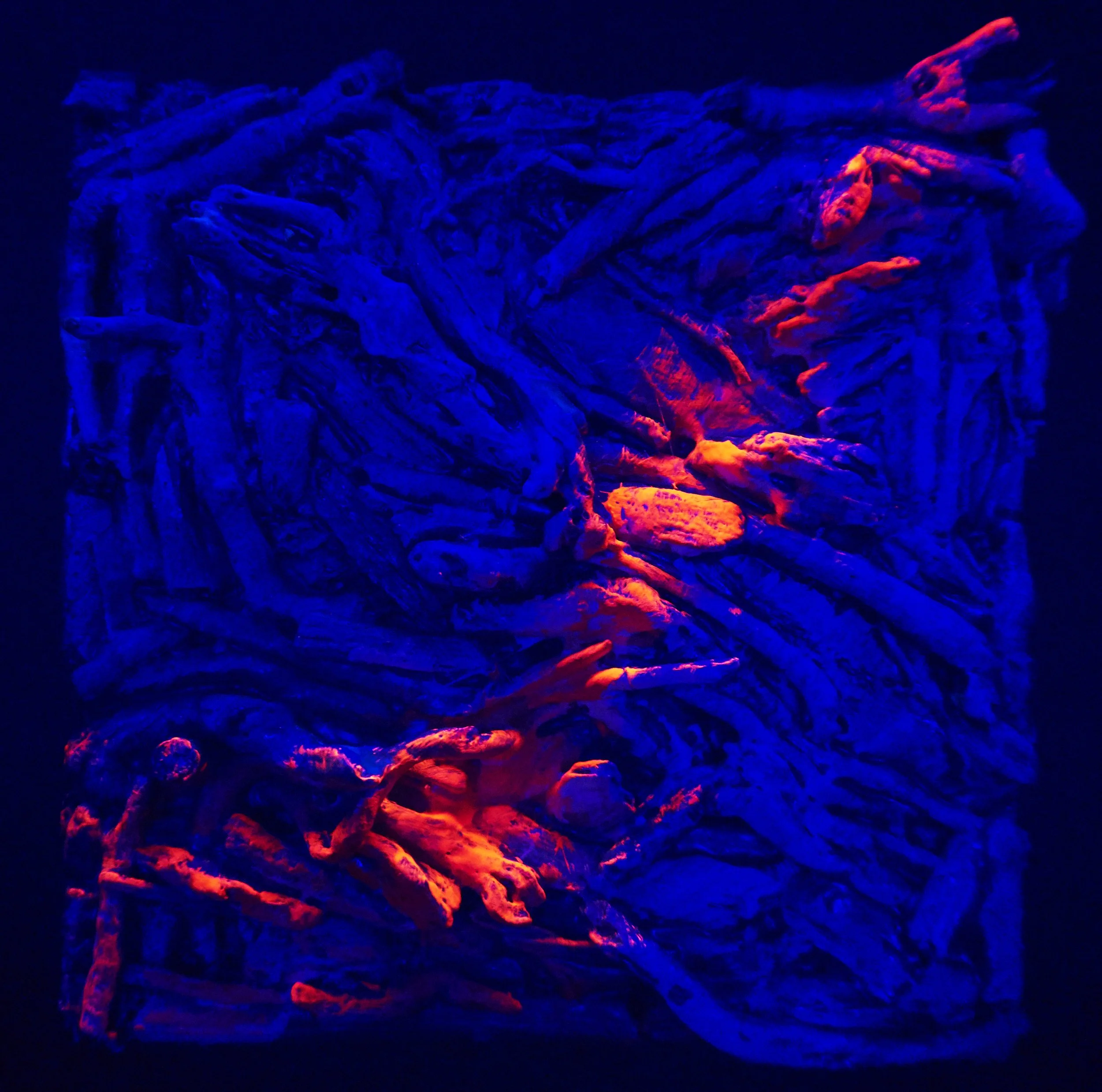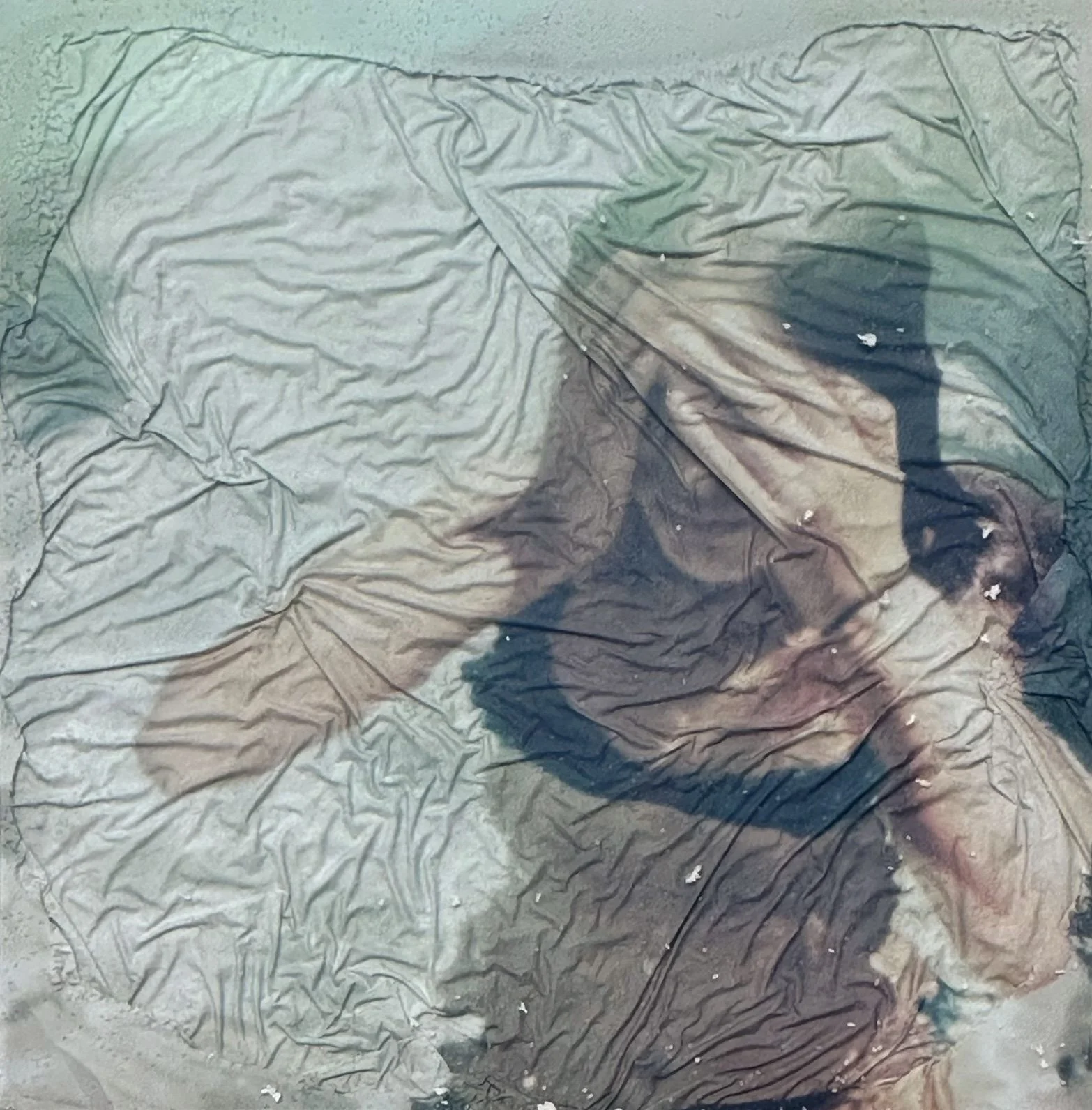Interview with Arturo Reyes Medina
Growing up in Granada, a region with a rich artistic heritage, how do you think this environment influenced your initial interest and development in the arts?
Undoubtedly living in such a magical city full of artistic heritage awakens the aesthetic sense of any sensitive person. It is a magical city for its light, its magic, its heritage and uniqueness. On the other hand, two cultural traditions coexist, the Christian and the Muslim Andalusian. One is abstract and the other has a figurative tradition that begins in the Renaissance, when the city keeps great artistic treasures that surround it with a mystical and unreal beauty. My work has also evolved from figuration to abstraction, although my abstraction is not geometric but organic, it does carry the concept of module, repetition and texture in several of my assemblages, this concept of module is noticeable in others, the organic predominates.
He has explored various mediums and styles, from painting to digital art. Can you describe a pivotal moment or experience that significantly influenced the evolution of your artistic style?
I think it was when I started working with computers and digitizing, modifying and printing images with digital post-production at the beginning of this century. Before, he incorporated the already printed paper and integrated it pictorially as a painted collage. From then on I followed a different process integrating the digital image into the painting. This was the process: Sketch scanning_Sketch transformation with digital post-production_Canvas size printing_Integration with painting.
During your time in the Netherlands, how did the local art scene and educational experiences shape your approach to art, especially in terms of conceptual thinking?
Well, they made me think that the work did not have to be beautiful, perhaps focusing on the grotesque, the hard, the value of the process over the result, the concept over academic techniques, etc... (as in political art, art of gender, ecological art, etc…). They insisted that I have a message, a concept to communicate, forget about decorativeness and beauty. Today I do not see the contradiction between beauty and conceptual expression. They are not exclusive for me.
I think it was very positive for me to be able to study in Granada with its approach to mastering techniques, focusing on academic training and the two years with a scholarship in Holland with an approach that clearly affects the conceptual. Enriches... this double pedagogical approach can be perfectly complementary by integrating expression, concept and aesthetics from my vision.
Your work is known for its interplay of emotions and abstract themes. Can you explain your creative process, from the beginning of an idea to the completion of a piece?
It is usually quite casual, I collect objects that seem interesting to me and that I find at random, nature is a good place but also urban environments. I find objects that attract me to make one or more works until I have explored their possibilities, from driftwood, to seaweed, cans, flowers, plastics... Then I treat them to be able to paint over them, some remain virgin with the objects treated in the most subtle way, only for their preservation and solidity, maintaining their original appearance. I spend a lot of time looking at the works until the work itself “asks me for something”, I believe that the time spent “painting and mentally searching for solutions” is as important or more important than the actual physical execution time.
You often incorporate unconventional materials such as seaweed, cans, and driftwood into your art. What guides your choice of materials for a particular project?
It depends, if it is an exhibition about pollution, for example, I look for representative materials. If it is free, it is completely casual and intuitive.
Your art is said to convey deep truths and explore the tension between the heart and soul. Could you elaborate on the philosophical or emotional underpinnings of your work?
I have always been expressionist and existentialist, this is more visible in my figurative work. Contradicting existentialism, I look for other ways in Eastern spirituality. This is also reflected in certain works that instill calm.
His piece 'Neuchatel' explores the relationship between color and music, delving into synesthesia. How do you approach creating art that engages multiple senses, and what do you hope viewers experience with such pieces?
I hope you experience a poly-sensory immersion, when we projected it there was the pianist and composer, a poet from Neuchatel reciting and the images that flooded the gallery's projection room with light. Literature, music, and poetry all form a whole that is the aesthetic experience I was referring to: immersive fused arts...
Many of his works address global issues such as pollution and social justice. How do you balance delivering a strong message with maintaining artistic integrity and aesthetics?
Integrating, searching for the beauty that is inherent to true art but also being able to preserve its expressive force, this is my search…
He has expressed his desire to establish an art school in the Albaycín neighborhood of Granada. What would be his guiding philosophy for this institution and how do you envision its impact on future artists?
Well, it would take up many of the principles of the mythical “Free Teaching Association” of the Second Republic… Educate in creativity without limits and in freedom
Looking at your artistic journey so far, what do you hope to be remembered for in the art world and what advice would you give to emerging artists who are inspired by your work?
Well, I would like to be remembered as an original and creative artist who investigates and transforms himself in an insatiable search for new expressive possibilities, making the search itself meaning. That I was consistent with myself and stayed out of fashion, that I have managed to claim “the concept of authorship.” Let them be aware that art is not just another profession, it is a way of life in a broad sense, you have to be strong and resilient if you want to be an authentic artist who seeks continuous perfection that never comes...
And economic uncertainty and instability that can last many years. You need to be strong and trust yourself, focusing on the quality of the work and demanding the maximum to improve and evolve, never finding a formula that "works" and repeating it ad nauseam to satisfy the market. This is prostituting art and castrating it. , stops expanding and flowing.


